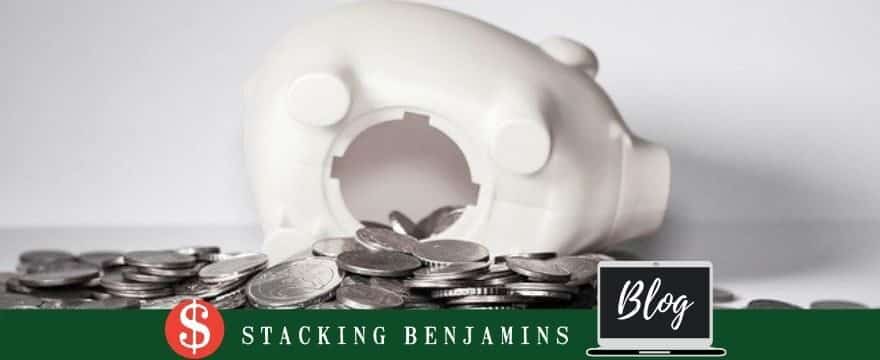The path to financial freedom can often seem steep and treacherous, especially when navigating the rocky terrain of debt. However, this journey becomes much more manageable with strategic planning and actionable steps. Seeking professional guidance from debt and bankruptcy experts like Doyle Salewski can provide invaluable support during this process. Here are seven practical steps to steer you out of financial distress.
Step 1: Thoroughly Understand Your Financial Situation
The first crucial step towards reducing any debt is gaining a deep understanding of your financial obligations. Create a comprehensive list of all your debts. This includes credit card balances, student loans, mortgages, auto loans, and other liabilities. Record the total amount owed for each, the associated interest rate, and the minimum monthly payment required. This will give you a clear, complete picture of your financial situation.
Step 2: Develop a Detailed Budget
After clearly understanding your debts, the next step is to develop a detailed budget. This budget should accurately track your income and all expenses. It will highlight areas where you can reduce spending. All saved money can then be redirected to pay off your debts more swiftly. There are numerous tools available, such as Mint or YNAB, that can help simplify the budget creation process.
Step 3: Strategically Prioritize Your Debts
Remember, not all debts are equal. Some carry higher interest rates, making them more costly over time. Prioritize repaying these high-interest debts first. This strategy, commonly known as the avalanche method, can save you significant money in the long run. Alternatively, you can use the snowball method and pay off smaller debts first. This creates a sense of accomplishment and motivation to continue paying off other debts.
Step 4: Implement a Payment Plan
Once your debts are prioritized, developing and implementing a payment plan is next. This might involve paying more than the minimum required payment on your highest-interest debt while making minimum payments on your other debts. After the first debt is fully repaid, shift your focus to the next one.
Step 5: Consider Debt Consolidation
Debt consolidation might be beneficial if you’re dealing with multiple high-interest debts. This process involves combining all your debts into a single loan with a lower interest rate. This makes managing your debts more manageable and potentially saves you money. There are firms specializing in providing such services. Also if a consolidated debt payment would still exceed your ability to pay you contact a licensed insolvency practitioner to apply for a government program that would substantially reduce your debt by up to 70%.
Step 6: Establish an Emergency Fund
While focusing on repaying debt is vital, preparing for unexpected expenses is equally important. Setting up an emergency fund can prevent you from falling back into debt if unforeseen costs arise. The fund should ideally contain three to six months’ worth of living expenses.
Step 7: Maintain Your Commitment
Lastly, always remember that becoming debt-free is a long-term commitment, not a quick fix. It might take some time, but you can achieve your goal with discipline and perseverance. Stay focused and motivated, and keep your eye on the prize.
Eliminating debt requires careful planning, disciplined financial management, and a firm commitment. Following these seven steps, you can regain control over your finances and work towards a debt-free future. Remember, the journey may be challenging, but the freedom and peace of mind that come with being debt-free are invaluable rewards.


Leave a Reply